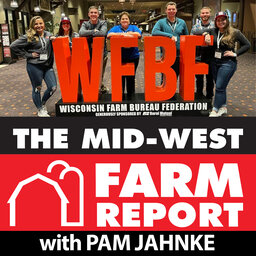Say Goodbye to Winter Pests
With colder temperatures arriving, homeowners may soon find themselves playing reluctant hosts to unwelcome guests like mice and squirrels. Marcus Mueller, owner of Skedaddle Humane Wildlife Control, shares insight into why rodents become more active as winter approaches. “As soon as temperatures start to drop below freezing at night, we see a rise in rodent activity,” he explains. “They’re looking for warmth and shelter, just as we are.”
During the winter season, many animals seek food and protection from the elements. Mueller notes that homes offer everything they need. "Our homes provide shelter, warmth, and sometimes even food—exactly what they’re looking for,” he says. He explains that while homes aren’t designed to attract wildlife, their structure often unintentionally does. Attics, for example, can mimic a tree cavity, making them ideal for critters like squirrels.
For homeowners, identifying early signs of rodent activity can help avoid larger issues. “Scratching sounds in walls, chewed wiring, or visible droppings are often the first signs,” Mueller says. In extreme cases, even noticeable odors can indicate an infestation. He advises homeowners to check areas where animals might enter, like gaps in roofing or foundation cracks, and keep vegetation trimmed around the house.
 MID-WEST FARM REPORT - MADISON
MID-WEST FARM REPORT - MADISON


